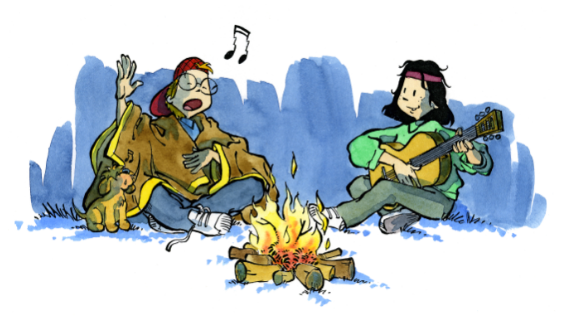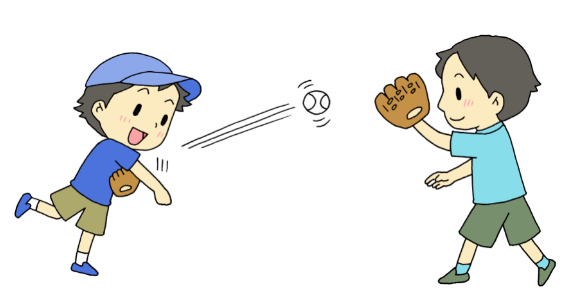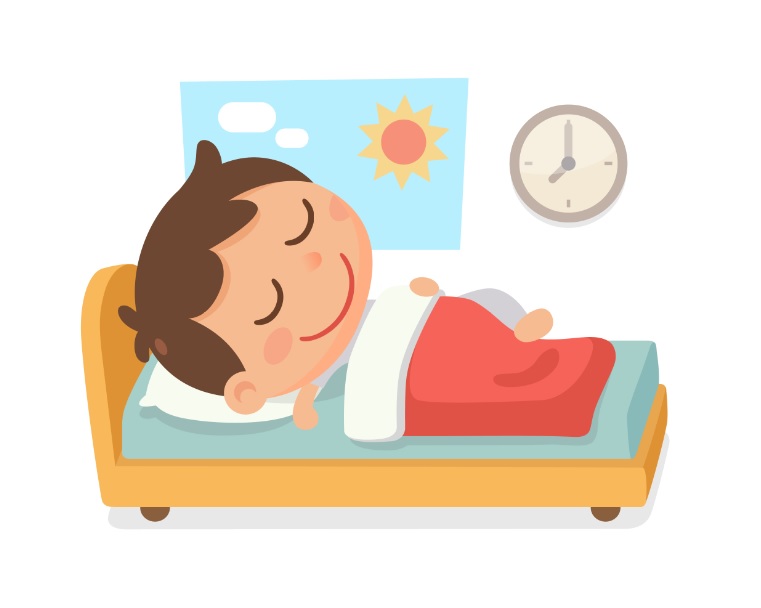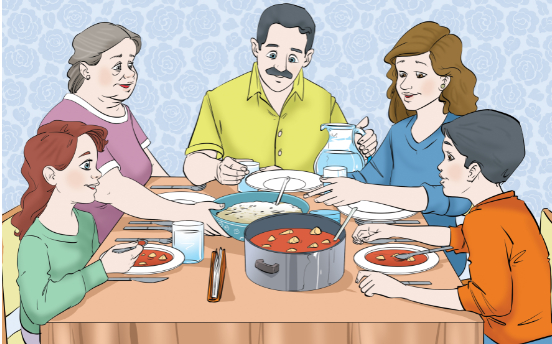PART A_1
First, I will ask you some questions about yourself. Please answer.
まずあなたについてしつもんしますので、こたえましょう。
PART A_2
| 1. | What is your name? |
| Answer: | |
| 2. | This lesson is for Eiken grade 5. Are you ready? |
| Answer: | |
| 3. | How are you? |
| Answer: |
PART B_1
You will read aloud the passage. Please make sure to start from the title.
ぶんしょうをよみましょう。タイトルからよみはじめてください。
(Please send the mispronounced words and expressions to your student.)
PART B_2
Hiro’s favorite fruit
Hiro is 7 years old. He eats fruits every morning, and his favorite fruits are apples. He likes strawberries, too.
PART B_3
Now, let’s review some words from Part B_2.
ではいくつかのことばと、ぶんをふくしゅうしてみましょう。
(Please review the mispronounced words and expressions from Part B_2.)
PART B_4
PART C_1
We’ll read aloud the words below. Please repeat after me. I will check your pronunciation.
たんごをよみます。せんせいにつづいてよみましょう。せんせいは、はつおんをかくにんします。
(Please send the mispronounced words and expressions to your student.)
PART C_2

| fruit |
くだもの
|
| morning |
あさ
|
| favorite |
おきにいりの
|
| apple |
りんご
|
| strawberry |
いちご
|
PART C_3
Now, let’s review some words and expressions from Part C_2.
ではいくつかのことばをふくしゅうしてみましょう。
(Please review the mispronounced words and expressions from Part C_2.)
PART C_4
PART D_1
We’ll read aloud the sentences. Please repeat after me. I will check your intonation.
ぶんしょうをよみましょう。せんせいにつづいてよんでください。せんせいはイントネーションをかくにんします。
PART D_2
| 1. | Hiro is 7 years old. |
| 2. | He eats fruits every morning, and his favorite fruits are apples. |
| 3. | He likes strawberries, too. |
PART D_3
Now, let’s review some words and expressions from Part D_2.
ではいくつかのことばをふくしゅうしてみましょう。
(Please review the mispronounced words and expressions from Part D_2.)
PART D_4
PART E_1
Now, please read aloud the sentences again.
では、もういちどぶんしょうをよみましょう。
PART E_2

Hiro’s favorite fruit
Hiro is 7 years old. He eats fruits every morning, and his favorite fruits are apples. He likes strawberries, too.
PART E_3
I will ask you a question. Please answer based on the passage.
せんせいがしつもんします。ぶんしょうをもとにこたえましょう。
PART E_4
| 1. | Please look at the passage. How old is Hiro? | |
| Answer: | . | |
| 2. | When does Hiro eat fruits? | |
| Answer: | . |
PART E_5
Now, let’s review your answers.
ではあなたのこたえをふくしゅうしてみましょう。
(Please review your student’s answer by sending the correct answer in a complete sentence. After that, ask your student to read aloud his or her corrected answer.)
PART E_6
PART F_1
Now, I will ask about you. Please answer.
今からあなたについて質問しますので、答えましょう。
PART F_2
| 1. | What is your favorite fruit? |
| Answer: | |
| 2. | Do you eat fruits every day? |
| Answer: | |
| 3. | Do you like strawberries? |
| Answer: | |
| 4. | What do you drink every morning? |
| Answer: | |
| 5. | What time do you eat in the morning? |
| Answer: |
PART F_3
Now, let’s review your answers.
ではあなたの答えを復習してみましょう。
(Please review your student’s answers by sending them in complete sentences. After that, ask your student to read aloud his or her corrected answers.)
PART F_4
PART G_1
Now, let’s do a free talk about the following topics.
以下のトピックについてフリートークをしましょう。
(Please do a free talk if you have time left.)
PART G_2
How often do you eat fruit in a month?
What do you do first in the morning?
Do you always eat breakfast?
What do you do first in the morning?
Do you always eat breakfast?
PART G_3










